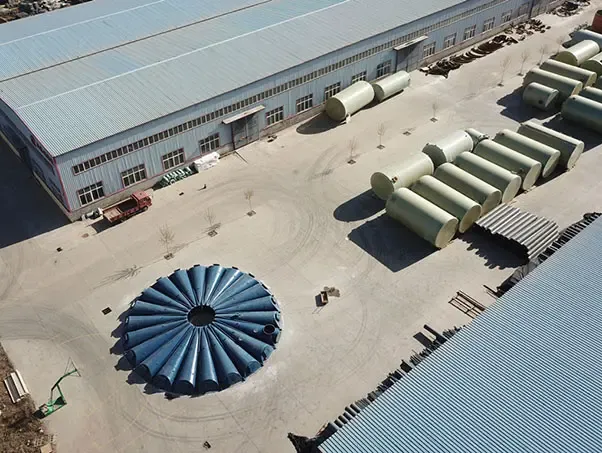
-
 Afrikaans
Afrikaans -
 Albanian
Albanian -
 Amharic
Amharic -
 Arabic
Arabic -
 Armenian
Armenian -
 Azerbaijani
Azerbaijani -
 Basque
Basque -
 Belarusian
Belarusian -
 Bengali
Bengali -
 Bosnian
Bosnian -
 Bulgarian
Bulgarian -
 Catalan
Catalan -
 Cebuano
Cebuano -
 China
China -
 China (Taiwan)
China (Taiwan) -
 Corsican
Corsican -
 Croatian
Croatian -
 Czech
Czech -
 Danish
Danish -
 Dutch
Dutch -
 English
English -
 Esperanto
Esperanto -
 Estonian
Estonian -
 Finnish
Finnish -
 French
French -
 Frisian
Frisian -
 Galician
Galician -
 Georgian
Georgian -
 German
German -
 Greek
Greek -
 Gujarati
Gujarati -
 Haitian Creole
Haitian Creole -
 hausa
hausa -
 hawaiian
hawaiian -
 Hebrew
Hebrew -
 Hindi
Hindi -
 Miao
Miao -
 Hungarian
Hungarian -
 Icelandic
Icelandic -
 igbo
igbo -
 Indonesian
Indonesian -
 irish
irish -
 Italian
Italian -
 Japanese
Japanese -
 Javanese
Javanese -
 Kannada
Kannada -
 kazakh
kazakh -
 Khmer
Khmer -
 Rwandese
Rwandese -
 Korean
Korean -
 Kurdish
Kurdish -
 Kyrgyz
Kyrgyz -
 Lao
Lao -
 Latin
Latin -
 Latvian
Latvian -
 Lithuanian
Lithuanian -
 Luxembourgish
Luxembourgish -
 Macedonian
Macedonian -
 Malgashi
Malgashi -
 Malay
Malay -
 Malayalam
Malayalam -
 Maltese
Maltese -
 Maori
Maori -
 Marathi
Marathi -
 Mongolian
Mongolian -
 Myanmar
Myanmar -
 Nepali
Nepali -
 Norwegian
Norwegian -
 Norwegian
Norwegian -
 Occitan
Occitan -
 Pashto
Pashto -
 Persian
Persian -
 Polish
Polish -
 Portuguese
Portuguese -
 Punjabi
Punjabi -
 Romanian
Romanian -
 Russian
Russian -
 Samoan
Samoan -
 Scottish Gaelic
Scottish Gaelic -
 Serbian
Serbian -
 Sesotho
Sesotho -
 Shona
Shona -
 Sindhi
Sindhi -
 Sinhala
Sinhala -
 Slovak
Slovak -
 Slovenian
Slovenian -
 Somali
Somali -
 Spanish
Spanish -
 Sundanese
Sundanese -
 Swahili
Swahili -
 Swedish
Swedish -
 Tagalog
Tagalog -
 Tajik
Tajik -
 Tamil
Tamil -
 Tatar
Tatar -
 Telugu
Telugu -
 Thai
Thai -
 Turkish
Turkish -
 Turkmen
Turkmen -
 Ukrainian
Ukrainian -
 Urdu
Urdu -
 Uighur
Uighur -
 Uzbek
Uzbek -
 Vietnamese
Vietnamese -
 Welsh
Welsh -
 Bantu
Bantu -
 Yiddish
Yiddish -
 Yoruba
Yoruba -
 Zulu
Zulu
frp boat
The Rise of FRP Boats A Fusion of Technology and Performance
In recent years, the boating industry has witnessed a significant shift towards the use of Fiber Reinforced Polymer (FRP) materials in boat construction. This innovative approach encapsulates the merging of technology and performance, leading to a paradigm shift in the design and functionality of watercraft. As more enthusiasts and professional boaters recognize the advantages of FRP boats, it becomes essential to explore what makes these vessels a preferred choice in the marine world.
Understanding FRP Technology
Fiber Reinforced Polymer is a composite material that combines a polymer matrix with fibers, typically made of glass, carbon, or aramid. This combination results in a material that boasts impressive strength-to-weight ratios, corrosion resistance, and versatility. The lightweight nature of FRP allows for faster acceleration and better fuel efficiency, making it an ideal choice for both recreational boating and commercial applications.
Advantages of FRP Boats
1. Durability One of the most significant advantages of FRP boats is their resilience. Unlike traditional materials like wood and aluminum, FRP does not rust or corrode, making it ideal for prolonged exposure to seawater. Additionally, these boats require far less maintenance, which can save owners time and money in the long run.
2. Customization FRP's versatility allows for high levels of customization. Manufacturers can mold the material into various shapes and sizes, leading to innovative designs that meet specific user demands. Whether it’s a sleek racing boat or a spacious family cruiser, FRP technology can accommodate diverse preferences.
frp boat

3. Environmental Impact With growing awareness of environmental conservation, FRP boats can be seen as a more sustainable option. Many FRP boats are made using recyclable materials, and their long lifespan means they contribute less to landfills compared to traditional boats.
4. Performance The lightweight characteristic of FRP contributes to superior handling and speed on the water. Boaters often experience enhanced responsiveness and agility, making for exhilarating adventures on lakes, rivers, and oceans. The ability to carry larger engines without compromising the structure further elevates performance capabilities.
The Future of FRP Boating
As research and development in materials science progress, the future of FRP boats looks bright. Innovations in manufacturing techniques are anticipated to improve the strength and reduce costs, making these boats more accessible to the average consumer. Additionally, with advancements in eco-friendly practices, the industry is likely to witness a rise in sustainable FRP materials that cater to environmentally conscious consumers.
Moreover, the increasing popularity of recreational boating, coupled with the demand for more efficient and powerful vessels, will undoubtedly reinforce the relevance of FRP technology in the industry. As boaters continue to seek out reliable and high-performance options, FRP boats are set to redefine standards in the marine sector.
In conclusion, the rise of FRP boats symbolizes the integration of modern technology and user innovation in the boating industry. As they continue to blend performance with sustainability, these vessels are not just revolutionizing how we navigate the waters; they are also shaping the future of recreational and commercial boating for generations to come.
Latest news
-
High-Quality Fiberglass Car Bodies Durable GRP Car & Boat Body SolutionsNewsJul.08,2025
-
High-Quality Fiberglass Dual Lamination Product Manufacturer Durable FRP & GRP Dual Lamination SolutionsNewsJul.08,2025
-
Rectangular Tank with Dimensions for GRP Calculation Custom Fiberglass GRP Rectangular TanksNewsJul.07,2025
-
High-Quality Fiberglass Weir Custom FRP Weir & Fiberglass Tanks ManufacturerNewsJul.07,2025
-
CPVC FRP Pipe A Reliable Choice for Industrial Applications High Strength & Corrosion ResistanceNewsJul.07,2025
-
Fiberglass Scrubber for Effective Cleaning and Stain Removal – Superior Performance in Various ApplicationsNewsJul.06,2025









